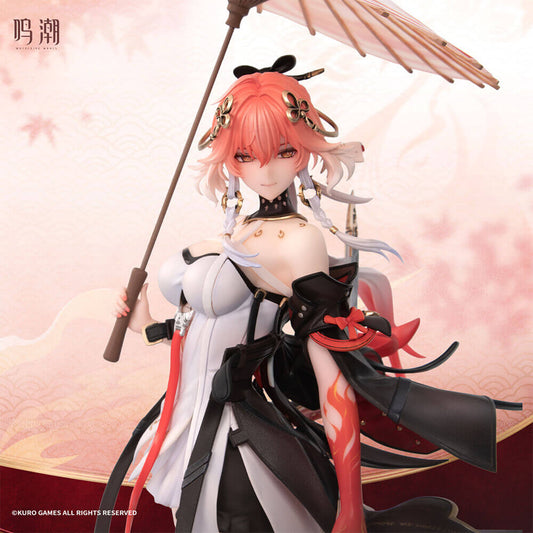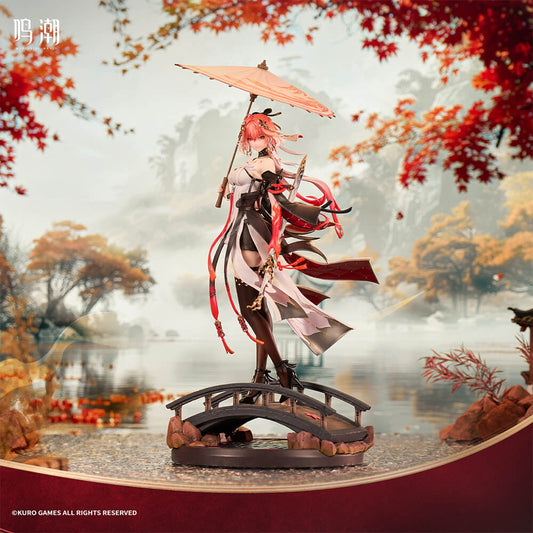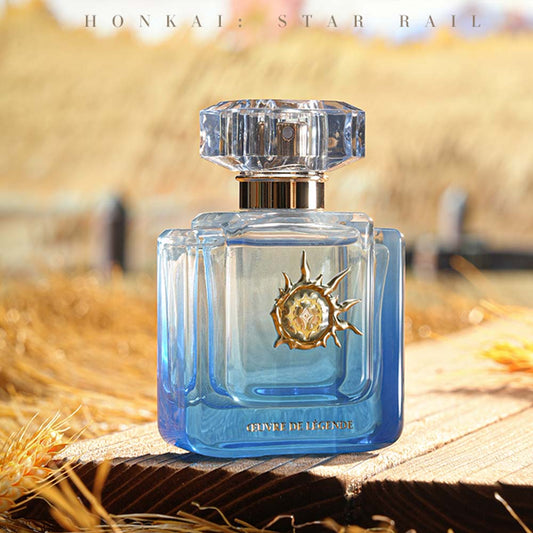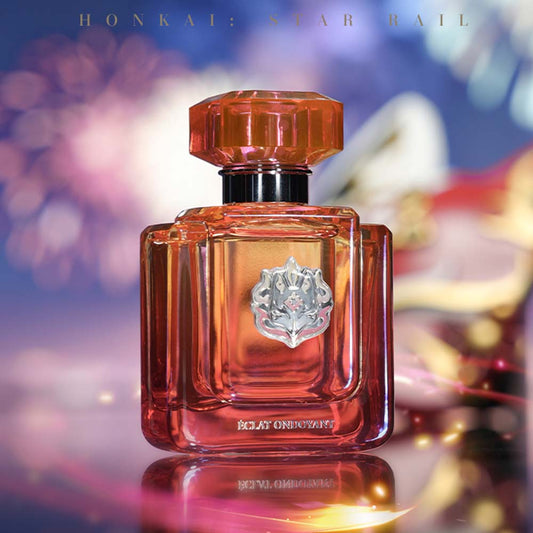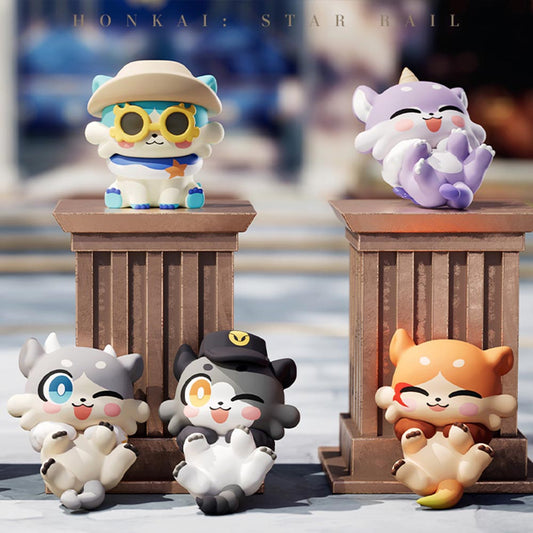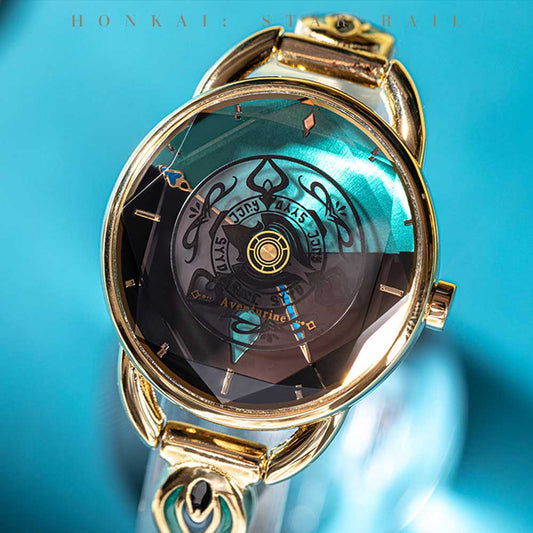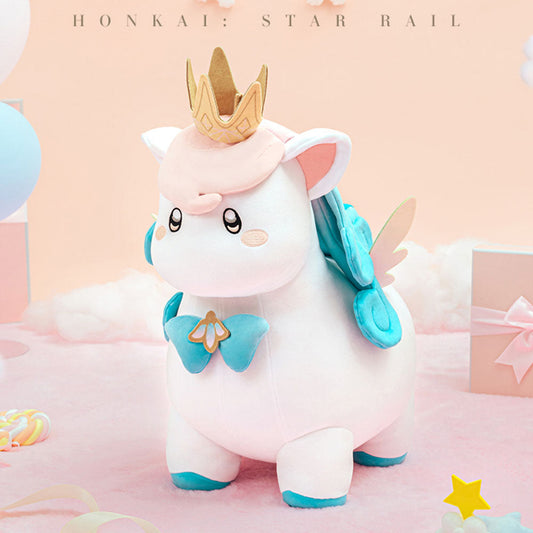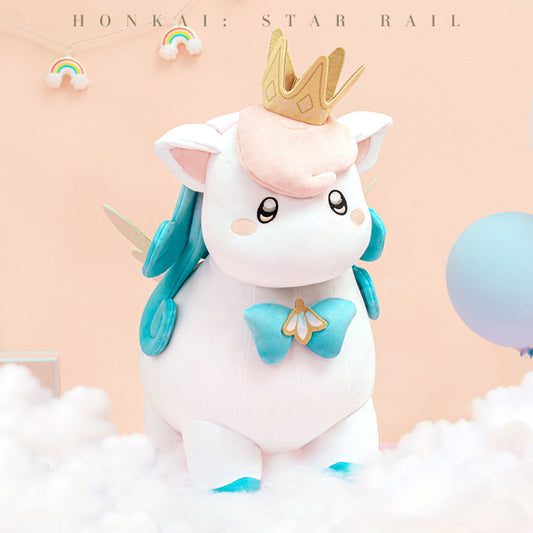5 Tips to Spot Fake Genshin Impact & Honkai: Star Rail Figures

The worlds of Teyvat and the Astral Express are filled with captivating characters, and bringing them home as high-quality figures is a joy for many fans. However, the popularity of games like Genshin Impact and Honkai: Star Rail has also attracted counterfeiters, flooding the market with low-quality fakes, often called **bootlegs**. Buying a bootleg isn't just disappointing due to poor quality; it also supports unethical practices and devalues the work of the original artists and manufacturers. This guide will equip you with 5 essential methods to help you distinguish authentic treasures from cheap imitations.
Method 1: Examine the Packaging Carefully
The box is your first line of defense. Official manufacturers invest heavily in packaging design and quality. Bootleggers often cut corners here.
- Print Quality & Colors: Official boxes have sharp, vibrant printing with accurate colors and clear text. Bootlegs often feature blurry images, washed-out or overly saturated colors, and typos.
- Logos & Branding: Check for official logos (like Mihoyo, Hoyoverse, Good Smile Company, APEX etc.) and ensure they are correctly rendered, positioned, and spelled.
- Holographic Seals/Stickers: Many official figures come with holographic authenticity seals or stickers. Research what the official seal for that specific brand or product line looks like. Bootleg seals are often poorly imitated or missing entirely.
- Box Material & Construction: Authentic boxes use sturdy cardboard and often have specific finishes (matte, glossy sections). Bootleg boxes might feel flimsy, use cheaper materials, or have poorly cut windows.
- Window Clarity: If the box has a plastic window, it should be clear and free from major scratches or cloudiness on an authentic product.

Method 2: Inspect the Paint Job & Fine Details
This is often where bootlegs fall dramatically short. Mass-produced fakes rarely match the meticulous paintwork of official figures.
Paint Quality on Scale Figures
Scale figures, like the detailed Genshin Impact Xiao Guardian Yaksha Ver. 1/7 Figure or the elegant Honkai: Star Rail Kafka 1/7 Figure, rely on precise paint application.
- Clean Lines: Check where different colors meet (e.g., clothing edges, hair strands). Authentic figures have crisp, clean lines. Bootlegs often have messy lines, **paint bleed**, or colors spilling into adjacent areas.
- Color Accuracy & Vibrancy: Compare the figure's colors to official product photos. Bootlegs might use inaccurate shades, look dull, or have inconsistent application (patchiness).
- Finish: Official figures use appropriate finishes (matte skin, glossy armor, metallic effects). Bootlegs might have an overall cheap, uniform **glossy** look, especially on skin or cloth areas.
- Small Details: Look at tiny details like buttons, patterns on clothes, or weapon textures. Authentic figures will render these sharply. Bootlegs often simplify, omit, or poorly paint these details.

The intricate details on the authentic Xiao figure are hard for bootleggers to replicate accurately.
Checking Details on Nendoroids
Even on Q-version figures like Nendoroids, quality differences are apparent.
- Joints: Check the paint around joints. Official Nendoroids usually have clean paintwork even in these tricky areas. Bootlegs might have unpainted sections or messy paint transfer.
- Accessories: Nendoroid accessories (weapons, extra faces, small items) should be well-defined and painted cleanly. Bootleg accessories often look crude or have very basic paint jobs.
Method 3: Compare Facial Sculpts & Expressions
Capturing a character's likeness, especially their face and expression, is an art. Bootleggers often fail miserably here.
- Likeness: Does the face actually look like the character? Bootlegs often have distorted features, awkward proportions, or expressions that feel "off."
- Eye Printing: This is critical. Official figures, especially Nendoroids like the Genshin Impact Venti Nendoroid, have sharp, multi-toned, and precisely placed eye decals. Bootleg eyes are frequently blurry, misaligned, use fewer colors, lack depth, or look pixelated.
- Sculpt Sharpness: Look at the sharpness of the hair strands, nose, mouth, and overall facial structure. Authentic figures have crisp sculpting. Bootlegs often appear soft, "melted," or lack definition.
- Symmetry: While minor imperfections can exist even on officials, check for significant asymmetry in facial features on potential bootlegs.

Authentic Nendoroids like Venti feature precise and expressive face printing.
Method 4: Check Materials, Mold Lines & Fit
The physical feel and construction of the figure can also reveal its authenticity.
- Plastic Quality: Authentic figures typically use high-quality PVC and ABS plastic with specific finishes. Bootlegs often use cheaper, lighter plastic that might feel brittle or have an unpleasant, oily sheen.
- Mold Lines (Seam Lines): All figures have mold lines where parts are joined, but on authentic figures, these are usually minimized, sanded, or cleverly hidden. Bootlegs often have prominent, rough, or poorly placed mold lines.
- Part Fit & Joints: Pieces should fit together snugly without large gaps. Joints on action figures or Nendoroids should move smoothly but hold poses. Bootleg joints might be overly loose, extremely stiff, or parts might not connect properly (a common issue with fake Nendoroids).
- Base Quality: Check the base. Is it stable? Is the printing on it sharp? Does the figure fit securely onto the pegs? Bootleg bases are often flimsy, poorly painted, or have pegs that don't fit well.
Method 5: Verify the Seller and Price
Where you buy and how much you pay are huge indicators.
- Price Check: If a price seems too good to be true, it probably is. Authentic figures, especially scale figures like Kafka 1/7 and popular Nendoroids, have a certain price range reflecting their quality, licensing fees, and import costs. Be extremely wary of prices significantly below the market rate.
-
Seller Reputation: Buy from trusted sources. This includes:
- The official manufacturer's store (if available).
- Reputable, authorized retailers like Bahomu. We pride ourselves on sourcing directly from official channels, learn more about how Bahomu ensures authenticity.
- Well-known specialty anime/hobby shops with good reviews.
- Avoid Dubious Platforms: Be cautious on large marketplaces (like eBay, AliExpress) where counterfeit sellers are common. Always check seller ratings, reviews, and location. Look for sellers specializing in authentic goods.
- "China Version" Red Flag: Listings described as "China Version" or "Unbranded" are almost always bootlegs. Official figures are licensed products, regardless of manufacturing location.
"I once saw a figure online for $20 that normally costs $150. Tempting, but experience screamed 'bootleg!' Sure enough, reviews confirmed it was a terrible fake. Always trust your gut and reputable sellers." - An experienced collector
For further information on identifying counterfeits, you can often check resources like MyFigureCollection.net, which has extensive galleries including user-submitted photos of bootlegs.
Summary: Protect Your Passion and Your Wallet
Collecting figures is a rewarding hobby, but the threat of bootlegs is real. By carefully examining the packaging, paint job, sculpt, materials, and verifying the seller and price, you can significantly reduce the risk of buying a counterfeit Genshin Impact or Honkai: Star Rail figure. Remember, authentic figures offer superior quality, accurately represent the characters you love, and hold their value far better than fakes. Investing a little extra time in verification ensures your collection brings you joy, not disappointment. For peace of mind, always choose trusted retailers like Bahomu who guarantee authenticity.
Once you've secured your authentic figure, ensure its longevity by learning about Proper Care and Storage for Game Figures.
Shop Authentic Genshin Impact Figures Shop Authentic Honkai: Star Rail Figures
Frequently Asked Questions (FAQ)
Q1: How can I spot a fake figure when buying second-hand?
A: When buying second-hand, ask the seller for multiple high-resolution photos, including close-ups of the face, details, box (if available), and any authenticity seals. Compare these photos meticulously against official product images and known bootleg examples online (e.g., on MyFigureCollection). Check the seller's reputation and transaction history. If possible, inspect the figure in person before finalizing the purchase, applying all the checks mentioned in this guide.
Q2: Are figures sold at conventions or smaller local shops always authentic?
A: Not necessarily. While many convention vendors and local shops are legitimate, some may unknowingly (or knowingly) sell bootlegs. Always apply the same scrutiny. Check the box, inspect the figure quality if possible, and be wary of unusually low prices, especially for popular or newly released items. Ask about their sourcing if you're unsure. Reputable dealers should be transparent.
Q3: What should I do if I accidentally bought a bootleg figure?
A: If you bought it online through a platform with buyer protection (like eBay or PayPal), file a dispute immediately. Clearly state the item is counterfeit and provide photographic evidence comparing it to an authentic version. If you bought from a direct seller or platform without protection, try contacting them for a refund, but success isn't guaranteed. Report the counterfeit listing if possible. Unfortunately, sometimes it's a costly lesson learned, reinforcing the importance of buying from trusted sources.
